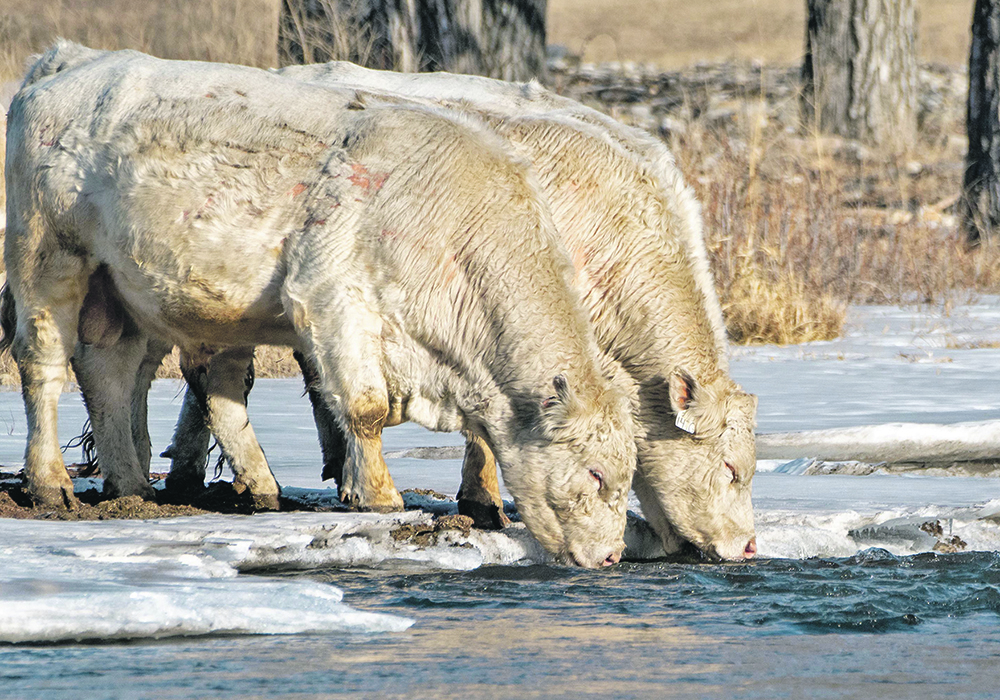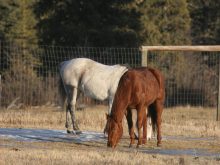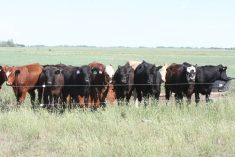In all my writing over the years, I have never tackled footrot, perhaps because the response to antimicrobial treatments is very good.
However, it is probably one disease that is very much over-diagnosed when it comes to lameness.
With lame cattle, one has to have a good look and diagnose the lameness, whether it is lower leg or upper leg and whether there is swelling in the foot.
If the problem is in the lower leg and foot with swelling and a smell from between the toes, then most likely the problem is footrot.
Read Also

U.S. farm group supports supply management
U.S. grassroots farm advocacy group pushing new agriculture legislation that would move towards supply management like Canada has for dairy industry
The response to treatment is also a sign because most footrot is very responsive when the appropriate antibiotic is given.
Footrot is caused by a bacterium that grows without oxygen and gains entrance from a break or weakness in the skin between the toes. It could also be caused by a penetrating wound.
Occasionally, without proper care the infection can penetrate deep and even get into the joint causing septic arthritis that could result in a claw amputation or fusing the joint being necessary. These are rare. For most cases, response is good with early treatment.
There is, however, a need to prevent this disease from occurring and the answer to that lies in our breeding bulls.
Footrot is mainly caused by one specific organism, fusobacterium necrophorum, and occasionally, a couple others but the main one is in the footrot vaccine.
There has been a trend over the years of more and more purebred breeders having the footrot vaccine administered before delivery of the bull. Purebred breeders see this as a valuable preventive measure.
Having a cow, heifer or calf come down with footrot is one thing but having a breeding bull become lame in the middle of breeding season, even for a few days, is very costly.
As well, bulls are much harder to catch and treat.
Breeding season is tough on a bull’s feet at the best of times, especially the back feet when they mount.
Ask specifics when purchasing your bull. Did it receive both the initial and booster shot of the vaccine with about the month to six weeks between the initial and booster shot?
To me, purebred breeders that do this are setting you up for success if you maintain the booster shot yearly.
The ideal time is at semen-testing when the bull is caught and it is just before breeding. Since mature bulls are harder to handle, the vaccine should be administered when in the process of electroejaculation when it is safe to do so.
It is a low-dose subcutaneous vaccine, so there are many safe places it can be given.
This is also a good time to check bulls for other foot and leg issues. Some problems can be fixed with a foot trim and grinding out of hoof cracks. Routine foot trims extend the lives of breeding bulls.
Some veterinary clinics carry the vaccine with them and promote its use when semen evaluating. It is a killed bacterin (like blackleg) and only comes in a 10-dose container.
Immunity is not long-lived so I recommend that breeding bulls that are used in two breeding seasons of about six months apart be revaccinated before the start of the next breeding season.
We all know prevention is better than treatment. I have, on occasion, recommended footrot vaccine to a client that pastured on wet pastureland on lots of muskeg because his footrot rate got too high. The vaccine proved highly successful in this case.
When treating footrot, make sure your diagnosis is right and think about vaccinations for footrot in your breeding bulls this spring.
It is a worthwhile investment but remember painkillers will help treat other kinds of lameness, so have a protocol from your veterinarian on what to do in these cases as well or have them diagnosed.
Roy Lewis works as a veterinarian in Alberta.















